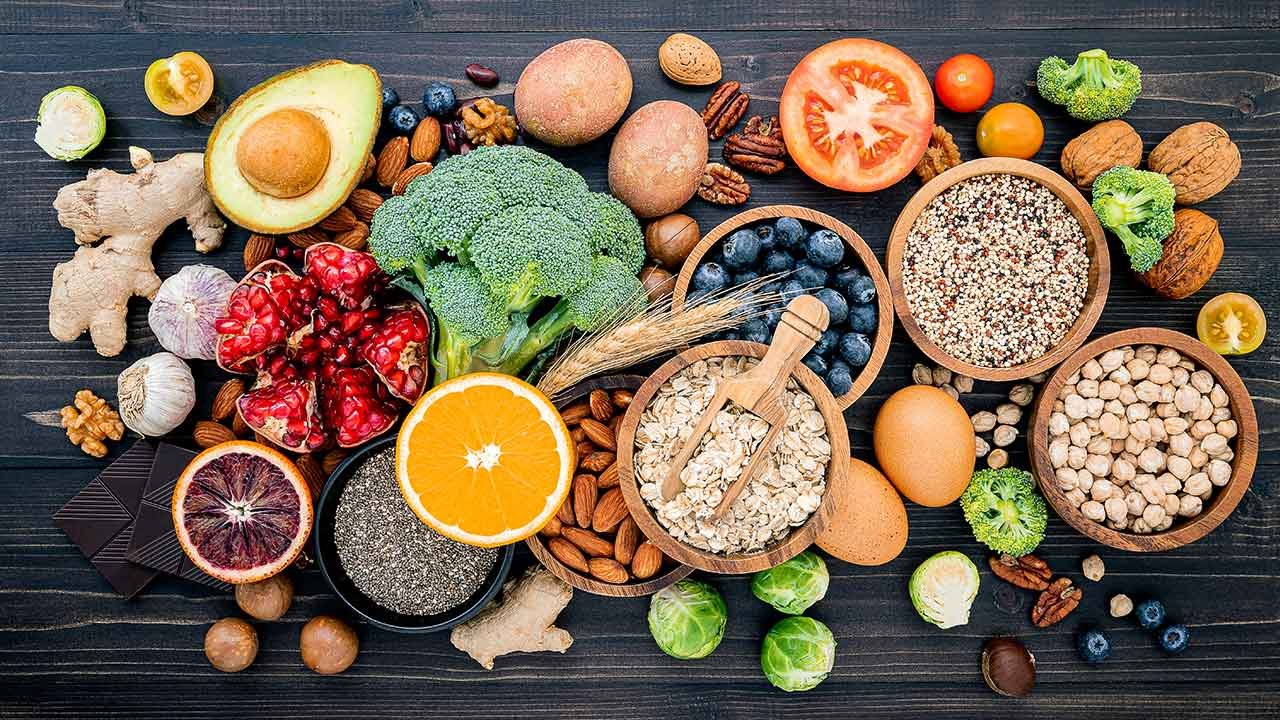Excess dietary fiber should be estimated to assess inter-and intra-individual factors that determine subjective variability.
Recommended Supply
What is the Fiber Supply typically Recommended?
According to the most reliable bibliographic sources, dietary fiber should be introduced with the diet in quantities of about 30g per day. This value represents the sum of the soluble and insoluble fiber components such as cellulose, hemicellulose, pectins, rubber, and lignins.
Soluble And Insoluble Fiber
Role of Soluble and Insoluble Fiber and Foods that contain it
The effect of soluble fiber on feces is gel-like, whereas insoluble fiber is fermenting.
Excess fiber is generally felt by the appearance of some symptoms attributable to excessive gas production, therefore meteorism, abdominal distension, flatulence, cramps, and non-physiological increase in fecal evacuation.
Food fiber sources are:
- Plants (cereals, legumes, vegetables, and fruits);
- Mushrooms.
Soluble fiber comes mainly from vegetables and fruits, while insoluble fiber from cereals. In addition to being present more in foods (especially whole foods), the latter has the advantage of being a category of foods with a high consumption: pasta, bread, pizza, and all derivatives.
To find out more:
50 High-Fiber Foods per 100g
Dietary Functions
Fiber Features and Effects
The proper supply of dietary fiber has several positive functional and metabolic effects:
- Intestinal regulation and increase of prebiotics
- Dilution of waste related to a reduction in the incidence of colorectal cancer
- Glycemic modulation for slowing glucose uptake (reducing the risk of incidence of type 2 diabetes mellitus)
- Reduction of lipid absorption of fatty acids and cholesterol (reduction of risk of dyslipidemia and coronary heart disease)
- Reduction of the risk of constipation and diverticulosis, prevention of diverticulitis, prevention of exacerbations typical in inflammatory-chronic intestinal diseases
- Increased gastric satiety.
Risks Associated with Excess
Too Much Fiber Hurts?
Excess dietary fiber is the consequence of inadequate nutritional behavior; first of all, the thoughtless integration of concentrated products. These, commonly obtained by compression of bran or other cereal processing waste, can adversely affect irritable bowel symptoms and worsen the side effects.
In contrast, the rational increase in food-based soluble fiber intake encourages the reduction of irritation of the colic mucosa. It lowers fecal pH by promoting PRObiotic intestinal selection (also thanks to some oligosaccharides PREbiotics) at the expense of putrid strains.
However, the excess of dietary fiber resulting from vegetables and fruits can also negatively affect health. Specific dietary theories (such as the area, Paleo, etc.) promote the free consumption of these foods by praising their beneficial effects and by eliminating side effects; among them are:
Tendency to general intestinal malabsorption extended to all nutritional components of the diet: carbohydrates, amino acids, lipids, minerals, and vitamins
Excessive intake of phytic acid and oxalic acid, chelating molecules that bind to specific ions (such as iron and calcium), prevent intestinal absorption.
Predisposition to dehydration in case excess fiber induces osmotic diarrhea.
Excess dietary fiber in the long term can cause malnutrition or at least alter the overall nutritional balance.
To find out more:
Too much fiber hurt: fiber supplements and side effects
